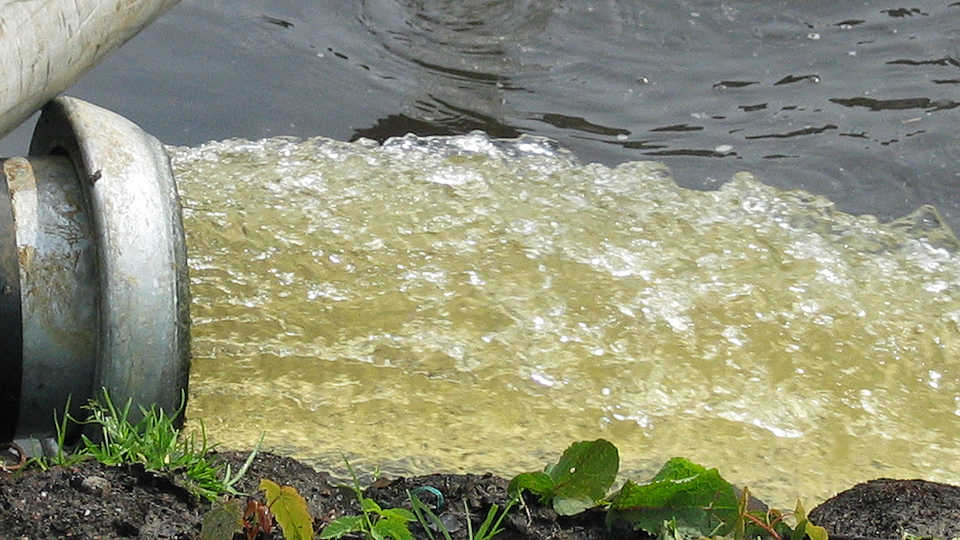Science News
How Old Is Our Groundwater?

Groundwater is possibly the most important freshwater resource on our planet, yet we know so little about it. We humans use—and often overuse—groundwater resources with little monitoring and oversight, and we also dump waste (from drilling or leaky landfills) into them. But groundwater goes unseen, so it’s difficult to calculate the quantity of available water—or its age.
In a paper today in Nature Geoscience, scientists attempt to do just that: quantify groundwater, both modern and ancient. Why is the age distinction important? It’s the young groundwater humans utilize most: and it’s “an important and more renewable groundwater resource rather than older ‘fossil’ groundwater; more vulnerable to industrial or agricultural contamination, as well as land-use changes at and near the surface of the Earth,” and more susceptible to changes in the climate, the team writes.
To determine the age of the groundwater, the team used tritium data. Radioactive tritium was introduced to groundwater about a half-century ago due to thermonuclear testing. Then, with groundwater modelling and previous studies on the Earth’s porosity data, the team assessed the volume and distribution of groundwater stored in the upper continental crust, 1.25 miles (two kilometers) deep. They estimate that the total volume of groundwater of any age is about 23 million cubic kilometers, which is enough to cover the global land surface in a layer 180 meters deep. They also discovered that modern groundwater represents less than 6% of global groundwater. That may not sound like much, but it represents the largest component of the active hydrological cycle: there is three times more modern groundwater hidden below the ground than surface water atop it, and enough to cover the global land surface three meters deep.
That’s a lot of water underground! Still, we must take better care of it. The team writes that, “We find that groundwater replenished over a human lifetime of 25–100 years is a finite, limited resource… Sustainable groundwater use requires systematic quantification not only of groundwater fluxes but also of groundwater storage.” Knowing where the groundwater is, plus how much and how old it is, can help agencies determine not only the resource availability, but also its vulnerability to human use, pollution, and climate change.
Image: Gerard Hogervorst/Wikimedia Commons